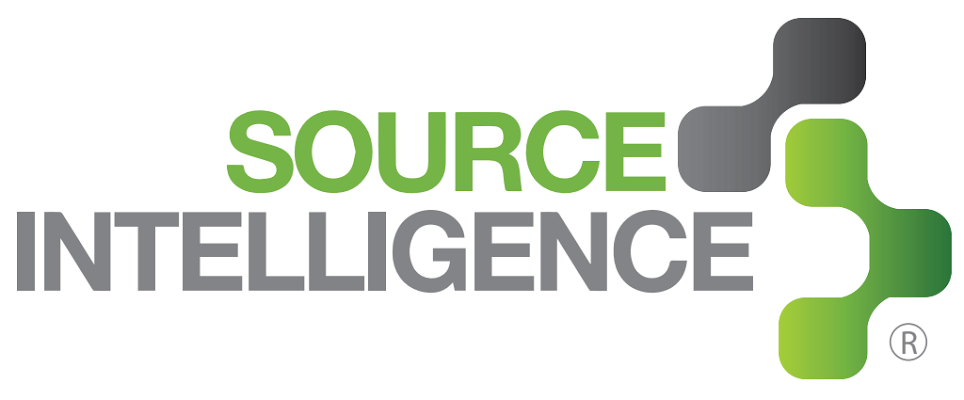Conflict Minerals Transparency is a Total Supply Chain Effort
Conflict minerals start at the mine site. In the DRC and surrounding countries, rebel groups are running the mine sites, and the profits of the minerals are used to “fund continuing strife that's killed up to 5 million people since 1998, more than any conflict since World War II.”
These mines and exporters are controlled by groups that are profiting from illegal trade actions, then are smuggling these minerals from the DRC to different smelters on a global scale.
"In hopes of stemming the use of such "conflict minerals" from the Congo — and perhaps bringing peace or easing the humanitarian crisis there — Congress included a provision in the Dodd-Frank financial reform law passed in 2010 requiring U.S. public companies to disclose whether they use minerals from the region in their products or manufacturing.”
June 1st, 2015, marked the filing deadline for more than 6,000 public U.S. companies required to disclose to the SEC whether their products contained tin, tungsten, tantalum or gold (conflict minerals) originating from the Democratic Republic of the Congo.
In the article, Carrie Wells reports positive news on the efforts being made by companies tracing conflict minerals in their supply chains:
"In the second year that companies have had to file the reports with the U.S. Securities and Exchange Commission, advocates say the law has shrunk a key income stream for Congolese warlords.”
This is good progress, considering it is just the second year companies have been involved with conflict minerals tracing in their supply chains.
NGO’s such as Global Witness and Transparency International have recently increased pressure on companies to dig deeper with their conflict minerals reporting and supply chain management, and to identify their suppliers that are not willing to help them achieve clarity and transparency.
Wells interviews Lina Ramos, Chief Business Officer of Source Intelligence who shares her insight on how the requirement is shaping engagement with companies’ suppliers:
"Global brands are going to demand their suppliers are producing ethically and legally," Ramos said. "The new generation is really committed to ethical sourcing. The product isn't enough to be functional, the product has to stand for something, it has to be something people believe in and give their loyalty to."
Since tracing the source of these minerals can be a very complex task, companies and suppliers must work together in order to effectively comply with the law and to discover loopholes.
If you are interested in learning more about best practices for both companies and their suppliers responding to conflict minerals requests, the webinar: “Best Practices for Smelter Disclosures on Your Conflict Minerals Report, What Issuers and Non Issuers Can Learn From Recent Trends” shares current trends and insights on smelter verification and conflict minerals for both issuers and non-issuers.
To read the full Baltimore Sun article, click here.

